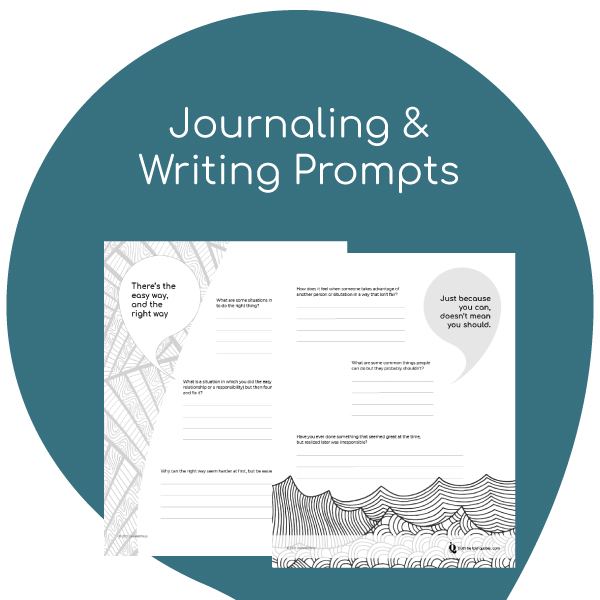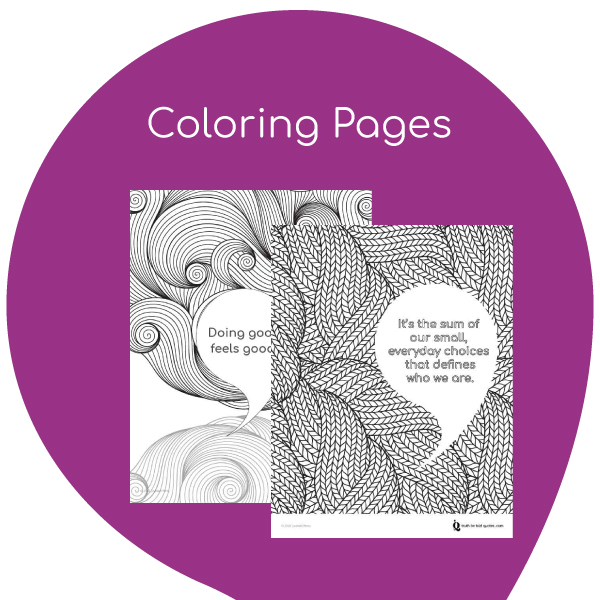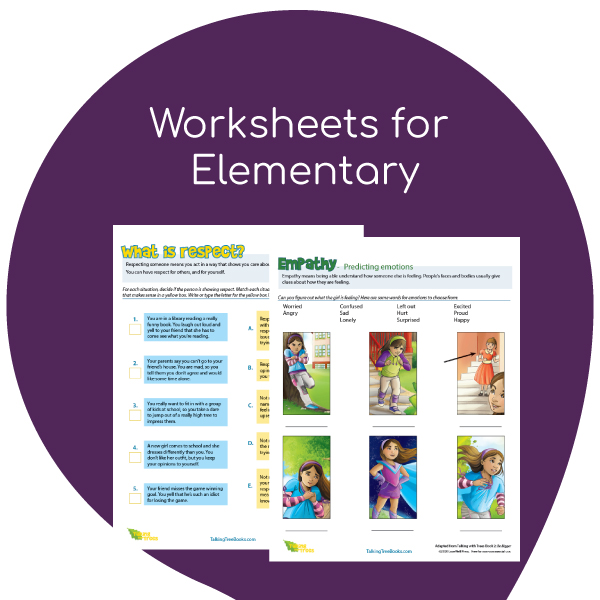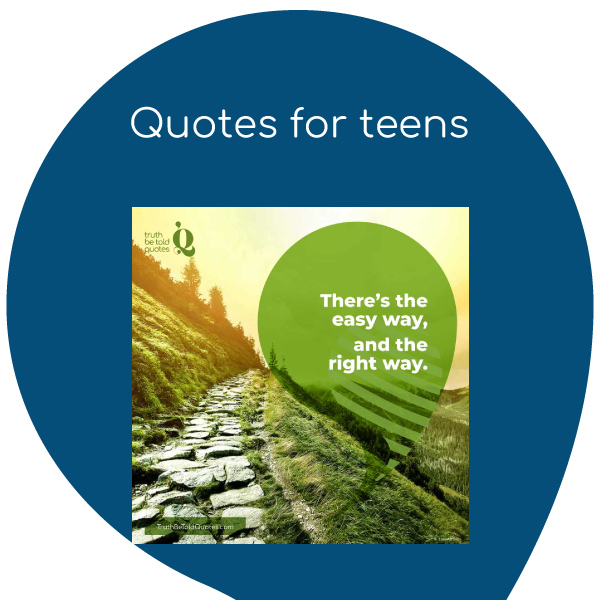
Goal Setting and Career Planning
High School Social Emotional Learning Activity
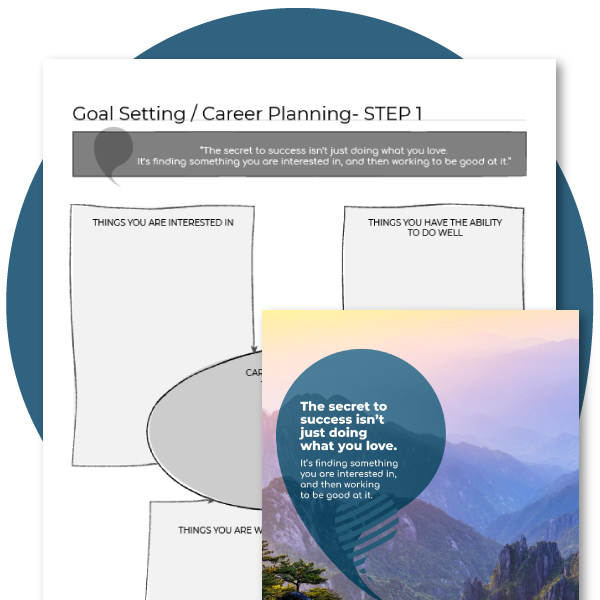
Goal Setting and Career Planning Worksheet
Objective
Students clarify which career paths would be a good fit for their interests, abilities and work ethic. Students then set goals to help them toward their desired path.
Grade Level
High School
Health / Social Emotional Topics
- Goal Setting
- Making Responsible Choices
- Growth Mindset
- Career Planning
Resources
Quotes and Teaching Notes
- Review teaching notes on the quote page: “The secret to success isn't just doing what you love. It's finding something you are interested in and then working to be good at it.”
Worksheets
- Download the Goal Setting Worksheet- PDF is fillable online or printable
Procedures
1. Review the full teaching resources for the quote “The secret to success isn't just doing what you love. It's finding something you are interested in and then working to be good at it.”
2. Finding the right career starts with finding something where your interests, abilities, and work ethic (willingness to work hard) are aligned.
On page 1 of the Career Planning Worksheet, students list interests, abilities and areas they are willing to work at.
- Interests- What are some things you are interested in? (For example: cars, science, art, space, healthcare, people, houses, building things, traveling...)
- Abilities- Are there subjects or skills that come to you naturally or that you have developed over time? (For example: being good with people, figuring out how to put things together, hand/eye coordination, being organized, working under pressure, learning new information)
- Willingness to Work At It- What areas are you willing to work hard at to get better? What are areas you don't like to work at? (For example: studying/schooling, physical activity, science/reading/math or other subject, working indoors/outdoors/office)
- If someone loves space exploration (interest) and can read and retain lots of information about it (ability), but they are not willing to exercise and get in the phyiscal shape needed to be an astronaut (willingness to work at it), then they might choose to explore a career path that has to do with space, but is more academic or research- based.
- If someone loves cars (interest), and is good at fixing things (ability), but does not enjoy and is not willing to work at classroom-based learning (willingness to work at it), then a career path that involves real world, hands-on training with cars would be a better option than one that requires a four-year degree.
- If someone loves babies and healthcare (interest), is great at putting people at ease (ability), and works hard to study anatomy and physiology in their free time (willingness to work at it), maybe setting goals to be an obstetrician or pediatrician is a good career path. On the other hand, if they faint at the site of blood (ability), or thinks studying a few years, not 8 years, is right for them (willingness to work at it), then maybe an ultrasound technician is a good path.
- Classes: What are some classes they need to be sure to take in high school?
- Skills: Are there skills and abilities they could be improving now that will help them achieve their goals?
- Experience: Is there an opportunity for real world experience in the field they want to go into?
- Learn More: Do they need more information about the field, the requirements, the skills they'll need? do they need to make some contacts in the field?
- What else: What other steps or goals do the need to address?

